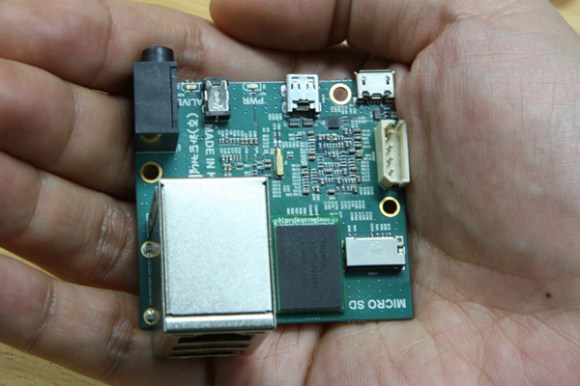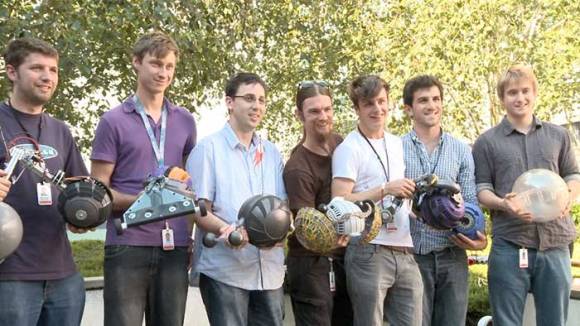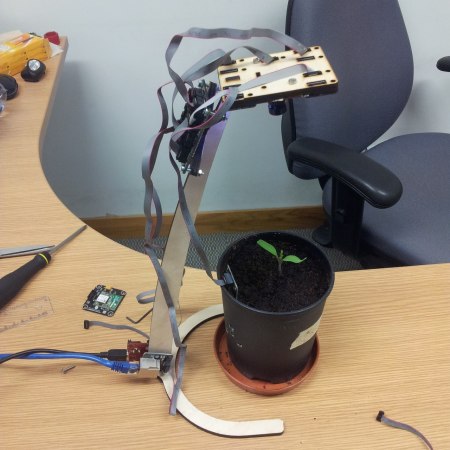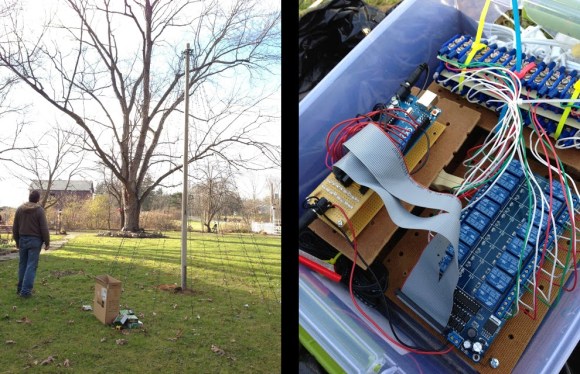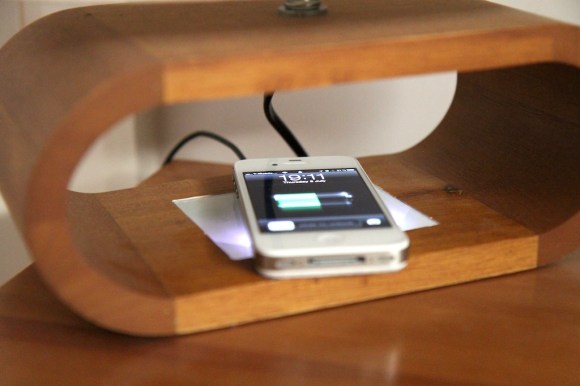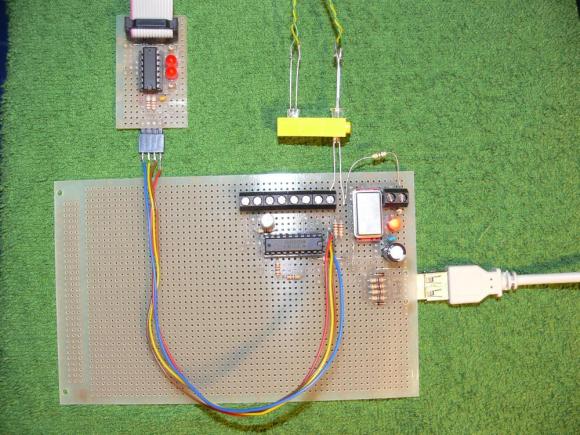
Here’s a rather exciting development for those who work with MSP430 microcontrollers. [M-atthias] worked out a way to implement USB 1.1 on a MSP430G2452. He’s bit banging the communications as this hardware normally doesn’t support the Universal Serial Bus. This is much like using the V-USB stack for AVR micros.
The test hardware seen above uses an 18Mhz crystal to get the timings just right. As this squeezes the most out of the chip it should come as no surprise that the firmware is written in assembly. This is still quite early on in development but the core features are mostly there, having been implemented and debugged over several versions already. Currently the base functionality can be loaded using under 2k of flash memory. You can download the Mecrisp package from [M-atthias’] sourceforge page. If you want to lend a hand testing or developing it would be greatly appreciated.
[via 43oh blog]

